Overview Of Dental Implant Placement
1. Consultation: During the initial phase of treatment planning for an implant, 3D imaging may be the first step necessary in order to obtain the proper diagnostics to determine candidacy and safety. We will work with you to explore all your treatment options and formulate a plan that will meet your oral health goals.
2. Extraction: The next step is to remove the unhealthy tooth. If the right conditions exist, an immediate implant can be placed at the time of extraction. However, most often, bone grafting will be required prior to implant placement.
3. Bone Grafting: It is fairly common for the jawbone to lack the volume needed to accept an implant. In this case, a bone graft will be performed first to rebuild the target area. Bone grafting is typically followed by several months of healing before the implant can be placed.
4. Surgical Guide Fabrication: Using advanced cone beam computed tomography (3D Xray) combined with an intraoral scan, we will create a custom prosthesis that will fit over your teeth and gums that include indicators for where to precisely place the dental implant for a long term predictable, functional, and esthetic outcome.
5. Dental Implant Placement: A medical grade titanium screw will be inserted into the jawbone. You will be anesthetized and completely comfortable for the entire duration of the procedure.
6. Osseointegration: After placement of the dental implant, this is healing phase that allows the bone to fuse to the implant and anchor it in place. This typically takes anywhere between 3 to 6 months. When this process is complete, the implant is put through a variety of tests to ensure it has successfully fused to the bone.
7. Implant Restoration: After osseointegration is complete, your general dentist will attach the final crown restoration.
The Surgical Procedure
The procedure to place a dental implant takes approximately 60 minutes for one implant and only 2 to 3 hours for multiple implants. The number of appointments and time required, vary from patient to patient. The surgeon will bring great precision and attention to the details of your case.
Prior to surgery, you may receive antibiotics and for greater comfort, intravenous sedation or nitrous oxide (laughing gas). These options are discussed with you at your consultation appointment. A local anesthetic will be administered to numb the area where the dental implant will be placed.
When you are comfortable, the surgeon makes a small incision in the gum tissue to reveal the bone, creates space using special instruments, and gently inserts the titanium implant. The top of this implant is often visible through the gum. Sometimes it is better in the early stages of healing to have the implant covered by the gum tissue.
Healing After Dental Implant Surgery
Now the healing begins. The length of time varies from person to person, depending upon the quality and quantity of bone. In some cases, implants may be restored immediately after they are placed. The surgeon will advise you on follow-up care and timing. After the initial phase of healing, the surgeon places an abutment (support post) or a healing cap onto the dental implant during a brief follow-up visit. This allows gum tissue to mature and provides access to the implant.
Occasionally, impressions are made at the time the implant is placed. This enables the crown to be ready when the implants have healed. How long your mouth needs to heal is determined by a variety of factors. Follow-up care (one to four appointments) is usually needed to ensure that your mouth is healing well and to determine when you are ready for the restorative phase of your treatment.
It may be beneficial to perform a soft tissue graft to obtain stronger, more easily cleaned and natural appearing gum tissue in the area around the implant. This process involves moving a small amount of gum tissue from one part of your mouth to the area around the implant. Most often, it is a brief and relatively comfortable procedure.
Whether it’s one tooth or all of your teeth that are being replaced, your dentist will complete the restoration by fitting the replacement tooth (crown) to the dental implant.
When Are Dental Implants Placed?
Implants are often placed several months after extraction. At times, an implant may be placed immediately after extraction of a tooth. This may involve a little more risk, but it simplifies the process—you won’t have to wait for another appointment to place the implant. When infection or other problems with the bone are present, immediate implant placement is not the best treatment.
If your tooth has been missing for some time, the adjacent support bone is likely to grow thinner and shrink. This occurs because the root of the natural tooth has to be present to stimulate the bone. As much as one third of your jaw’s thickness can be lost in the year following tooth extraction. If you are missing enough bone, you may benefit from having additional bone grafted into the area. This ensures the implant will be adequately supported when it is placed in the jaw.
How Many Implants Do I Need?
Most frequently, one implant per missing tooth is placed. Because many of the larger teeth in the back of your jaws have two or three roots, the most common approach is to replace missing back teeth with larger implants.

